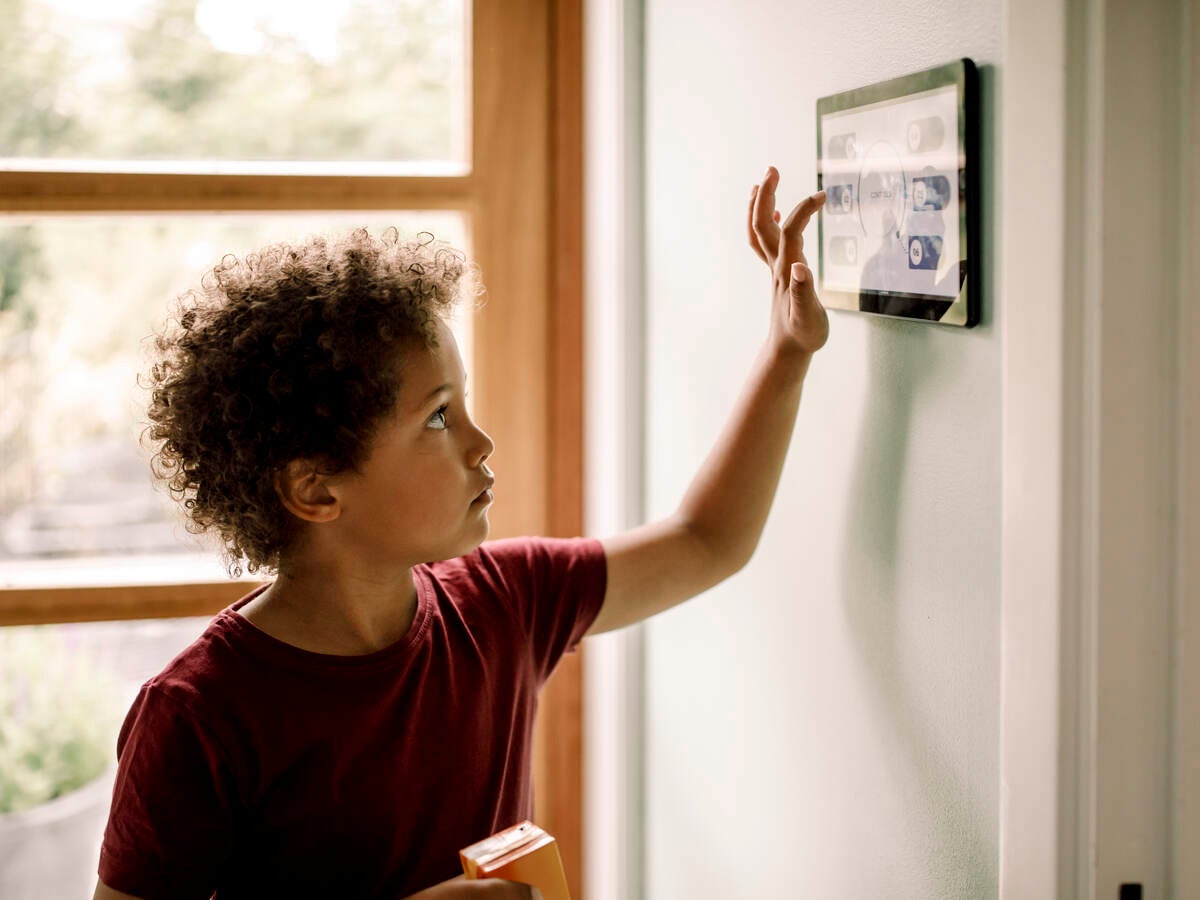November 8, 2023
By Michael Wiklund
Exploring usability in Japan
Recently, I was fortunate to be traveling in Japan, collaborating with our human factors specialists in the UL Solutions Tokyo office. During my time there, I enjoyed riding on the Shinkansen (bullet train) at a GPS-confirmed 171 MPH, eating vegetable tempura, trying zero-calorie and zero-alcohol beer and traversing the famous Shibuya Crossing.
User needs and the complexity of product design
Like most Americans and other foreigners, I was intrigued by the automated toilets that lift their own lids, heat the seat, perform water spray ballet and more. Note: This was not my first time in Japan or meeting with the fancy commodes, but they were still attention-getting.
The fancy toilets made me think about all the ways that manufacturers strive to satisfy users’ needs, be they felt or unfelt. It also made me think about the risk we face if machines do everything for us, as depicted in the movie WALL-E. If you haven’t seen the movie, technology dependence over many centuries has rendered humans incompetent and immobile.
I was most amused when I could not figure out how to make the toilet work until I realized it was unplugged. Yes, it feels silly for me to say the toilet wasn’t plugged in. But it’s concerning to see simple products become complex and vulnerable to use errors stemming from their increased complexity.
Importance of intuitive product design
Let’s get back to Japan. I visited Ginza (Tokyo’s fancy shopping district) one evening, enjoying the sights including the vertically oriented signage. As a car nut, I was eager to step into the car manufacturers’ showcase stores to see the merchandise. I enjoyed some time in Nissan’s showcase, checking out their newest electric crossover. Later, I spotted a BMW showcase and headed right to it. Therein, I encountered the impact statement from the BMW i7\product page, stating, “Purposeful design, all-electric power, and the latest technology unite in the i7, immersing you in a universe all your own, every time you drive.”
Seated in the car with the doors closed, I felt I was in a sumptuous isolation tank. Quickly after settling into the driver’s seat, I realized that I was being massaged – vigorously so – by the seat. I wondered if I could adjust the massaging rollers’ pace and vigor. I really didn’t know where to start looking for the controls on a definitively beautiful dashboard.
To make a long story short, I didn’t find the controls but accepted that the magnificent vehicle deserved a driver willing to study how the vehicle worked. To that point, I imagine the Toto toilet had many more adjustable features to help clean, soothe, and perhaps entertain, but requires the customer to study how it works.
Technology’s role in product usability
This is the brave new world in which tech is calling upon consumers to become better acquainted with features. But I am not sure that all or even most consumers are willing to be ardent students. More likely, they will figure out how primary features work by trial and error and perhaps ignore the rest. For example, a lot of programmable thermostats for homes have the capability to vary indoor temperature on an hourly basis and according to the day of the week, but they are being used mostly as simple on/off switches.
Summary: Intuitive product design in products with complex capabilities
So, the caution to product developers is to know your target customer, the degree of product sophistication consumers say they want versus will use, and to build as much intuitiveness as possible into every product. This advice applies to fancy toilets and cars, thermostats, and many more consumer, industrial, medical devices, and other products. They need to protect customers from those moments – we’ve all had one or more – when one says, “I don’t know why it is doing that.”
And as an epilogue, I don’t need my car to deliver a massage, but it would be nice.
Michael Wiklund is Business Development Director at Emergo by UL.
Request more information from our specialists
Thanks for your interest in our products and services. Let's collect some information so we can connect you with the right person.






